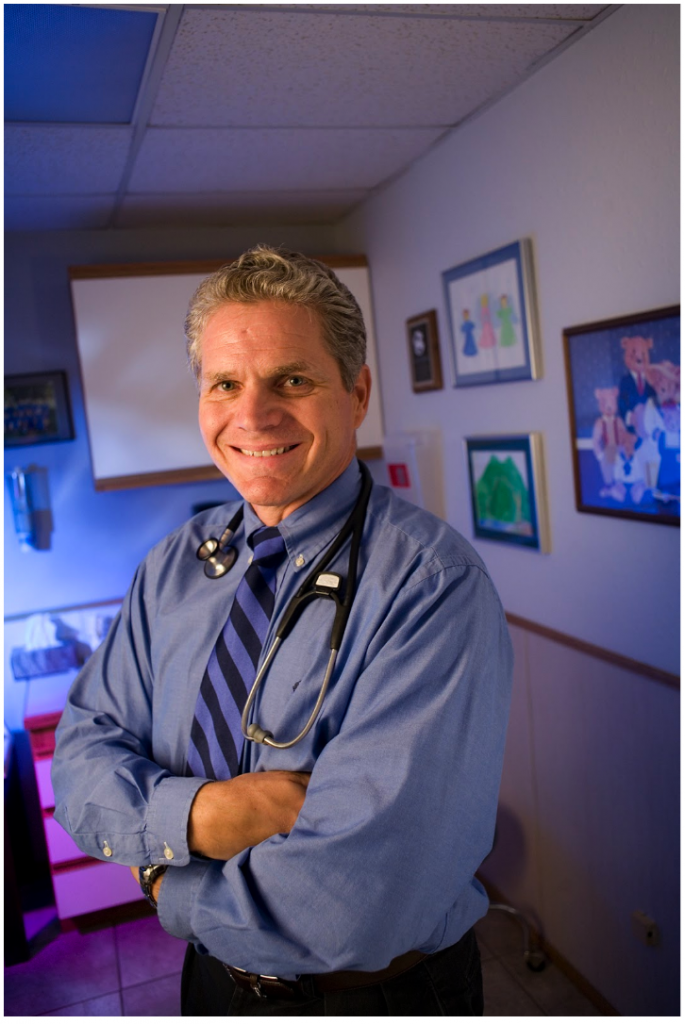
Greg Reicks, DO, Foresight Family Physicians
Primary care is the foundation of an effective healthcare delivery system, providing a trusted place where most people receive the preponderance of their care. There is nearly universal agreement that the redesign of the US healthcare system must be based on a robust primary care foundation however, the current model based on volume rather than value is unsustainable.
This redesign process is placing tremendous change pressures on primary care providers. In an effort to help providers navigate the changes on the horizon and thrive in this new business climate many practices have undertaken practice transformation activities.
Practice transformation is a broad-term that encompasses an initiative designed to modify care delivery in a changing reimbursement environment that is focused on value. There are many paths a practice might pursue however, the common elements for success typically involve care models that are patient -centric; team based, often integrating behavioral health; support care coordination; optimize the use of health information technology; reduce cost; and achieve improved outcomes.
Business Case for Transformation Activities
“For a physician in private practice to be motivated to do anything new, in my opinion, there has to be a business case for it,” said Dr. Greg Reicks, Family Physician with Foresight Family Physicians in Grand Junction, Colorado. “Historically primary care physicians have been very altruistic wanting to do more just to get better patient outcomes. But if that means more time, more effort and less income, the scale just starts to tip the other way.”
Transformational activities help providers’ better position themselves for the evolving payment landscape and support improved patient and provider satisfaction. “We foresaw fewer payers in the market and the development of narrow networks, we felt we needed to be in a position where we were more competitive,” continued Reicks. “In choosing to be a Patient Centered Medical Home (PCMH), a Comprehensive Primary Care (CPC) practice, and recognized as an advanced primary care practice we wanted to be situated to be a preferred provider for certain payers to bring more business into our practice. We did it because we saw it as a way to stay independent and be able to survive and thrive with all the changes that are coming about in payment and delivery of healthcare, to position us better for that.
Positioning Your Practice for Value-Based Payment
“We also saw payment moving away from fee for service into more value-based payment which means it’s not all about face to face encounters anymore but there are now payments available for non-face to face types of activities. You have to figure out how to do that in your practice, when your culture, your practice style, has been all about seeing patients and volume. We started this process with the Beacon program learning the concept of team based care, we understand now that we can deliver more care and better care, without as much physician face to face time. We integrated behavioral health and care management and those folks work with our patients and take a bit of the load off the physicians. We can therefore increase the capacity in our practice, have a larger patient panel, and attract more value-based payments. These payments are based on the size of your population, the sickness of your population, and not simply how many patients you see very day.”
Improved Provider Satisfaction
Many providers and staff have noted that engaging in practice transformation activities has given them enhanced professional satisfaction and made their patient interactions more enjoyable and less hectic. Often they experience renewed enthusiasm for their profession and the process to improve patient care. “I’m happier. I’m seeing better patient outcomes particularly for some of these very complex, difficult patients who were real time and energy takers,” noted Reicks. “We now have a team around our patients and many times because of that team effort we see better outcomes. We have seen lower use of the ED, reduced unnecessary hospital admissions and just general reduced unnecessary care for some of these patients; this has been satisfying for me. In addition I think there has been more revenue come into our practice so we are not seeing our incomes decline. It’s been a good transition for us.”



